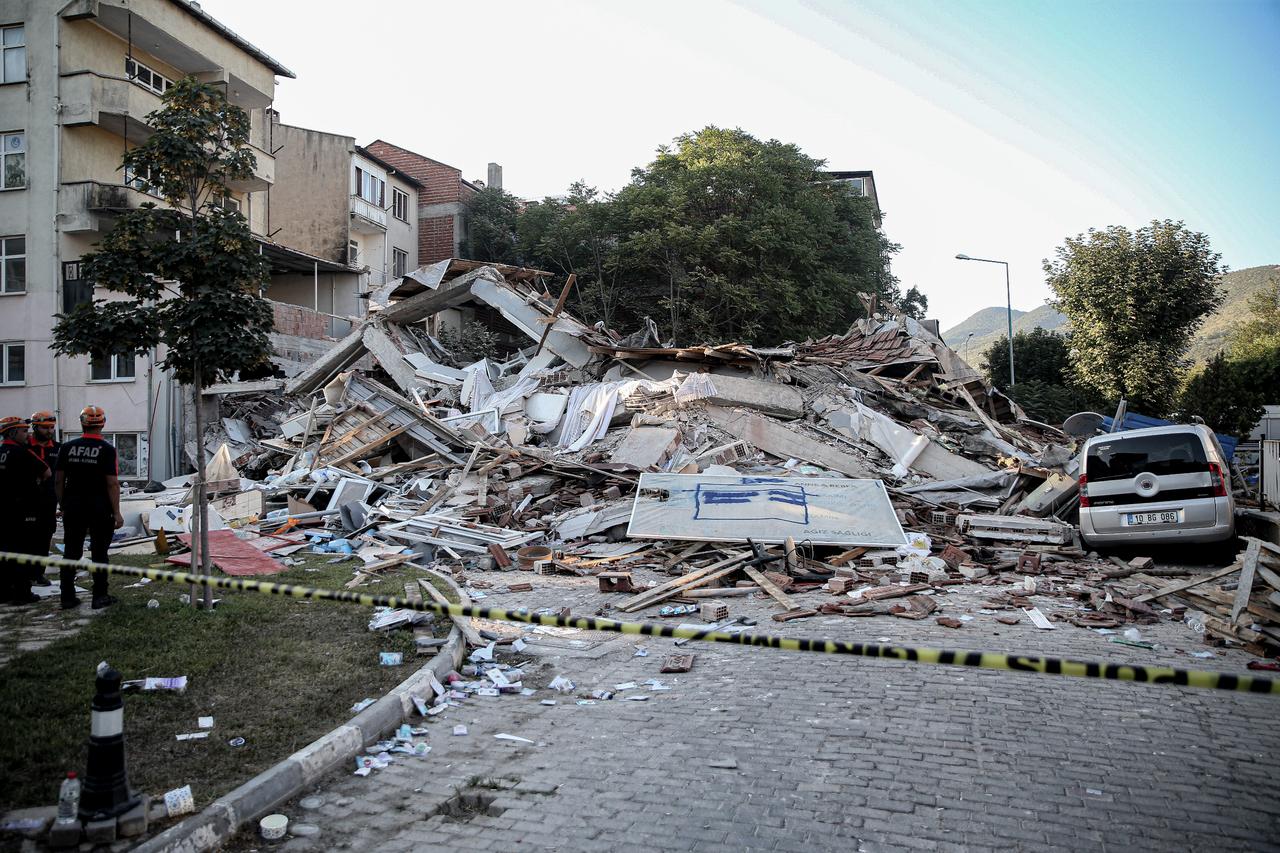
A 6.1-magnitude earthquake struck the Sindirgi district of Balikesir on August 10, at 19:53 local time. Rescue crews pulled several people from collapsed buildings; an 81-year-old resident later died and 29 people were treated for injuries. Emergency and damage assessments are ongoing.

Teams responded quickly to reports of multiple collapses in Sindirgi town and surrounding villages. Officials said a total of 16 buildings were found to have collapsed across the district; four people were pulled alive from one building but one of them, identified as 81-year-old Nihat Onbas, could not be saved. Local authorities reported that many of the collapsed structures were derelict or unused.
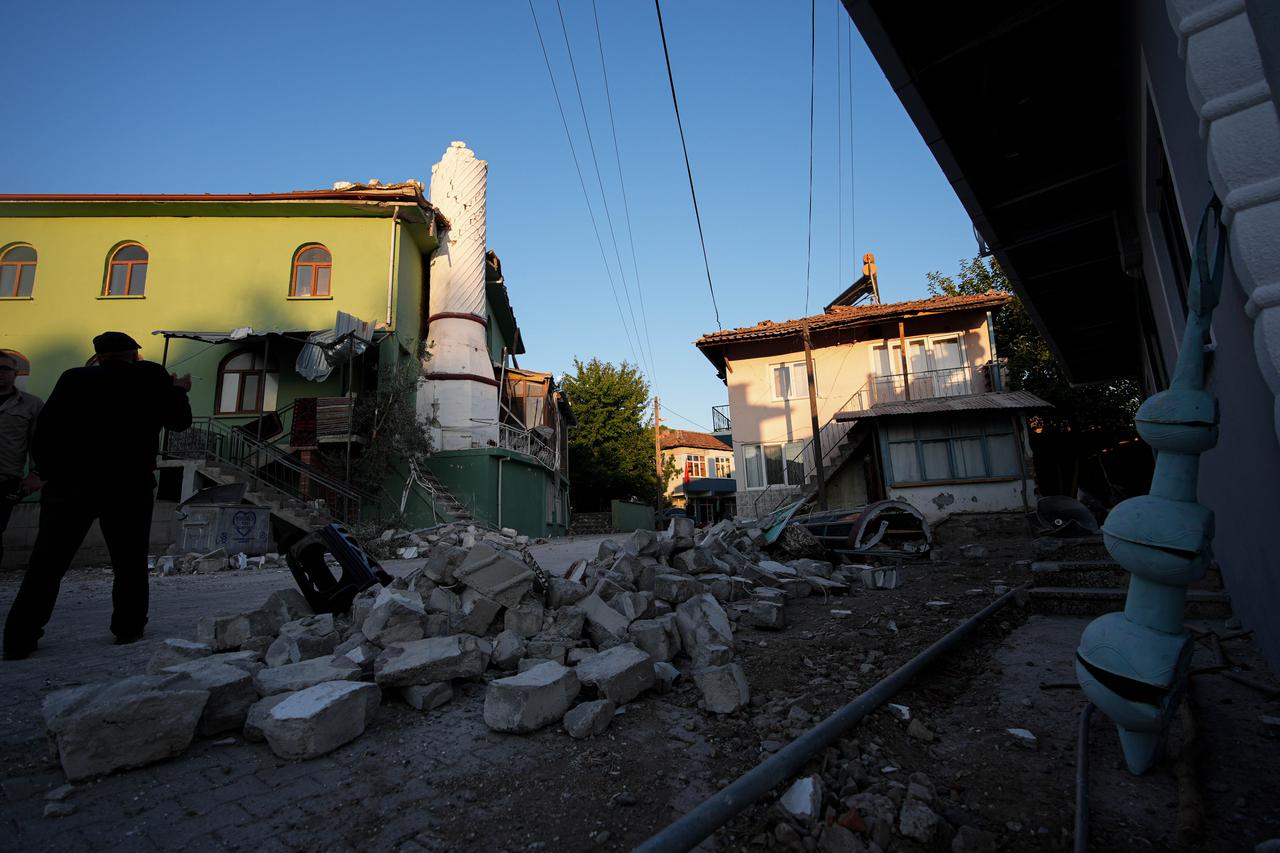
Health services recorded dozens of patients at local hospitals; most injuries were not life-threatening. In a summary of hospital arrivals and discharges, the health ministry reported that dozens of affected people reached medical facilities and that a number remain under observation.
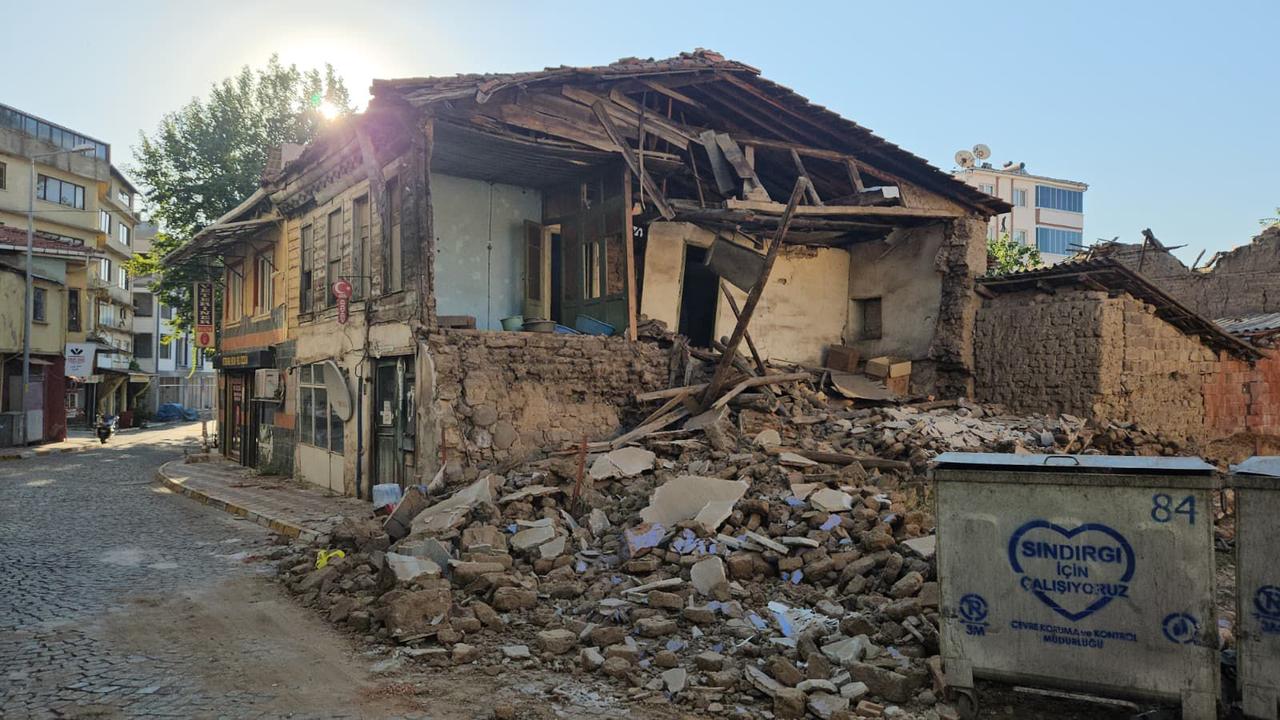
"A total of 52 affected patients arrived at our hospitals. We kept 29 for observation and treated them, discharged 18, and 11 remain hospitalized. Of those 11, three were directly affected by the quake; the others were injured while fleeing or by jumping. All are in good condition." — Health Minister Kemal Memisoglu.

Turkey’s disaster authority logged a large aftershock sequence following the main tremor; Türkiye's Disaster and Emergency Management Authority (AFAD) reported 237 aftershocks in the area, including several with magnitudes above 4. Officials warned residents not to go back into damaged buildings while surveys continue.
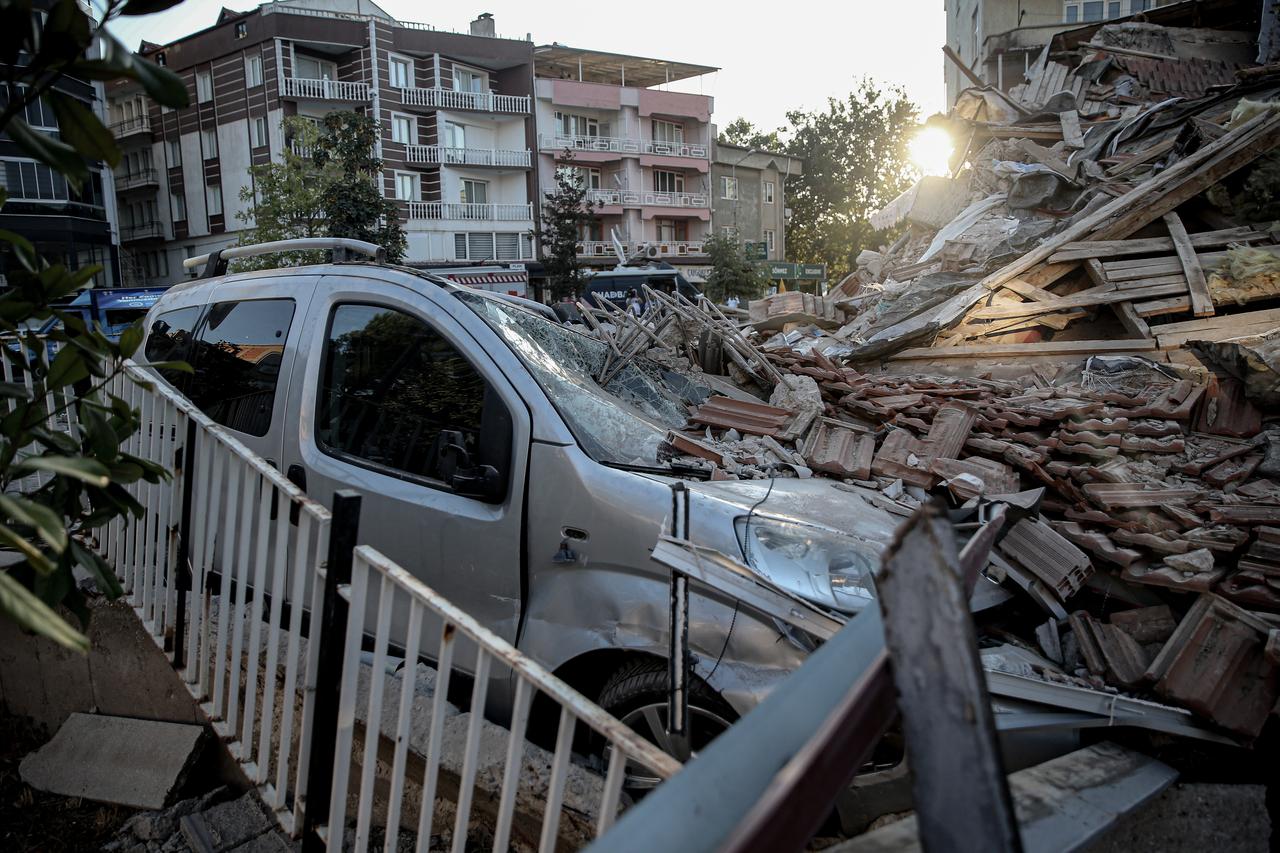
Seismologists at the Kandilli Observatory (Bogazici University) issued an initial assessment saying the event measured about ML 6.0–Mw 6.1 and was shallow, with a focal depth around 7.7 km; preliminary fault-mechanism work indicated a normal-fault characteristic. These technical readings help explain why the quake was felt strongly in nearby provinces, including Istanbul and Izmir.
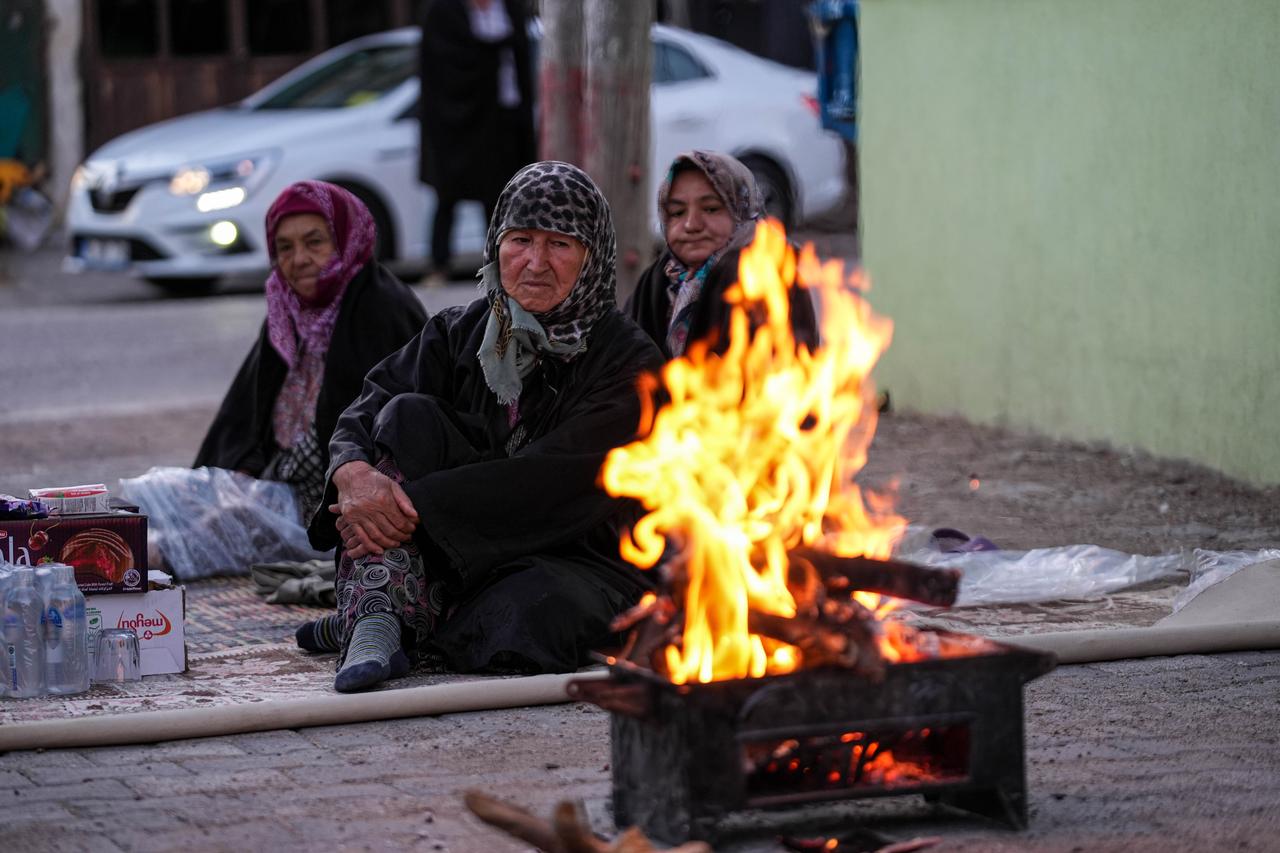
Interior and transport officials said search teams and local authorities carried out rapid field checks across dozens of rural neighbourhoods, and they urged citizens to use messaging apps to keep in touch where telephony proved slow.
Local leaders also advised people to avoid entering buildings they consider risky until inspections are completed.